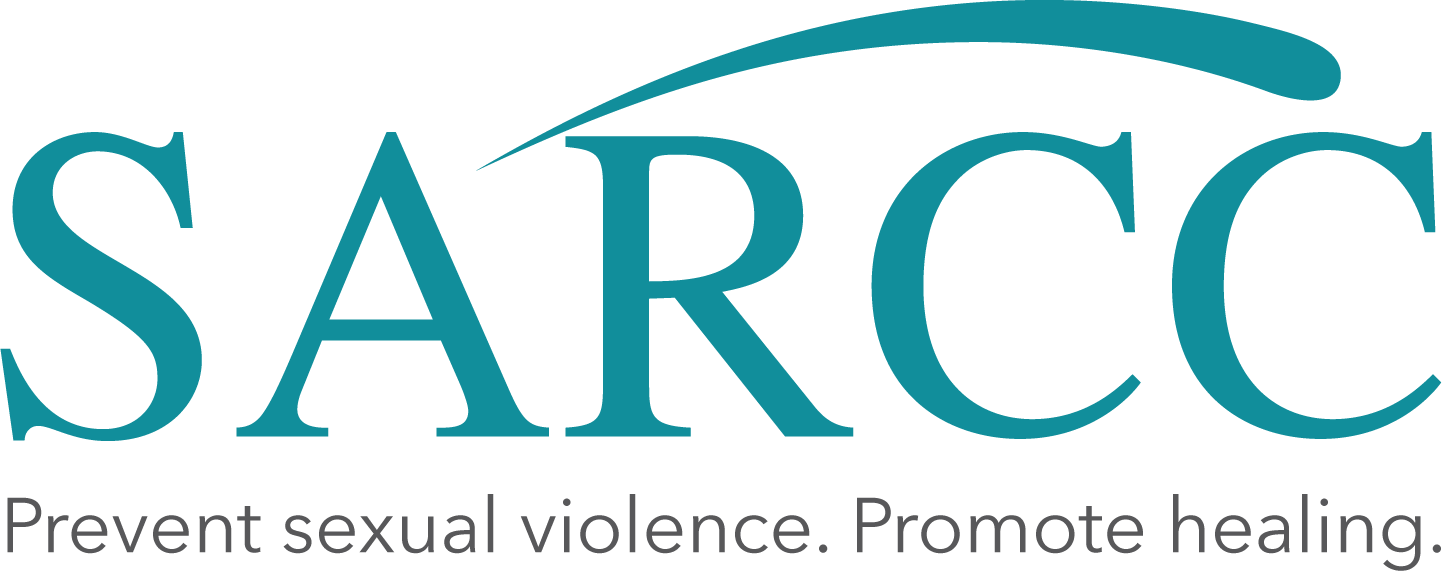The trial of Brock Turner, the Stanford student convicted of sexually assaulting an unconscious woman, and the subsequent furor over his six-month sentence, ignited new discussions about sexual violence and what we can do to prevent it. Because his victim is far from alone: One in five girls can expect to fall prey to sexual violence at some point in their lives. This number is even higher for gay men and women, transgender people and people with disabilities.
Perhaps most disturbingly, studies have found that children can experience dating violence and sexual harassment as young as sixth grade.
Experts on the subject and abundant research agree that education is the best preventive measure, and the earlier that children learn about respect and consent, the more likely they are to act according to those precepts. A recent study commissioned by the White House found that of 140 sexual-abuse prevention programs, only two or three could be termed effective — and these were multiweek programs attended by middle-school students.
Sex education varies from school system to school system, and often from school to school. Schools may be comfortable teaching the facts about reproduction and puberty, but often face criticism for teaching about consent, healthy dating behavior and birth control.
In the absence of standardized sex ed curricula, it falls to parents to provide accurate information about responsible sexual behavior. Even kids who have access to good sex ed programs are only receptive to information that they are ready for, or may come home with more questions.
In any case, in this as in other areas, it’s better to overexplain than to keep silent: We take a big risk whenever we assume that our kids have learned things by observation. If by age 13, a child has not yet discovered where to look for a new roll of toilet paper or how mashed potatoes get that way, it’s unrealistic and unfair to expect them to have absorbed accurate information about what constitutes consent.
At the library, we often help parents who are dreading these discussions. So here are some tips and resources to get yourself up to speed and to make it easier to have essential conversations with your children and teens about sex and responsibility.
Be ready: Chances are, the world has become a more open and tolerant place since you sat through health class in seventh grade. And we’re busy people — we often react to controversial topics without taking the time to figure out why we feel the way we do. “For Goodness Sex” by sex educator Al Vernacchio gives parents thoughtful exercises for examining their own values in order to determine what messages we want to communicate to our children.
Start young: Teaching very young children the correct names for their body parts and functions gives them a vocabulary for asking questions without frustration and establishes a comfort level early on. This is also the time to start emphasizing respect for their own bodies and those of others.
Two books that take nothing for granted are “What Makes a Baby?” and “Sex Is a Funny Word” by Cory Silverberg and Fiona Smyth. These super-inclusive books acknowledge that some readers won’t be comfortable thinking about topics like intercourse, sex and gender, while others are very curious. Kids and parents learn to speak up for themselves about being touched and to be respectful of others.
Brush up on your facts: Talking about puberty and sex is difficult enough — don’t rely on what you remember from that long-ago health class. Books by Robie H. Harris, especially “It’s So Amazing” and “It’s Perfectly Normal,” are accurate and up to date, warm and friendly. Illustrations by Michael Emberley depict loving families of diverse gender, race, age, body type and ability.
Stay positive: It’s OK to admit your own discomfort, but it’s important not to use negative words when describing anatomy, urges, or acts — private parts are private, but they are not dirty. Kids who are not ashamed of their bodies or their feelings are more likely to stand up for their own physical and emotional rights — and more likely to defend others who are being harassed or threatened.
Longtime sex educator and author Lynda Madaras provides accurate, nonjudgmental information in her many books. “On Your Mark, Get Set, Grow” takes a cheerful tone while covering the basics of development, sexuality and romance. The “What’s Happening to My Body?” book for boys emphasizes personal agency in its discussions of orientation and sexual feelings.
Lots of important things happen “Below Your Belt” (Missy Lavender and Jeni Donatelli). This book is notable for covering not only the reproductive system, but also digestion and the pelvic muscles. Chirpy, informal language and loopy illustrations deflect some of the embarrassment of talking about, for example, the anus.
You don’t have to do it face to face: Sitting down for “the talk” is not the only way. Many parents find themselves talking about the touchiest subjects in the car. There are fewer distractions and you don’t have to look at each other. Use behavior you see in movies and on TV to discuss respect and consent. Or take the true coward’s way out, and just drop some of the books recommended in this article in their bedroom.
Don’t stop: You’ve weathered her first period, you’ve had a serious conversation about his hygiene, you’ve made sure they have access to birth control. Are you done? No. Kids 14 and up face choices and challenges that can affect their future well-being. Look for books and resources that make no assumptions about orientation or gender while consistently reiterating safety and respect. Humor also helps.
They’ll find the answers to almost any question in “Doing It Right: Making Smart, Safe, and Satisfying Choices About Sex” by Bronwen Pardes. YouTube junkies should look for “The Midwest Teen Sex Show,” which proves that you can be responsible and rude at the same time. The creator of that series, Nikol Hasler, is the author of “Sex: An Uncensored Introduction.” Lastly, there’s Juicebox, a Q&A app available for iPhone that lets teenagers anonymously post questions to a team of qualified sex educators.
And kids — and adults — moved by rape cases in the news should read “Exit, Pursued by a Bear” by E. K. Johnston. This novel follows teenage Hermione, who wakes up in the hospital after having been drugged and raped. Her friends, family, and the professionals involved with her case rally to her defense, assist with her recovery, and help her discover the identity of her attacker. The humor and love in this novel are an effective antidote to feelings of helplessness that crimes like these can generate.
Paula Willey is a librarian at the Parkville branch of the Baltimore County Public Library. She writes about children’s and teen literature for various national publications and online at unadulterated.us. She can be reached at pinkme@gmx.com.



